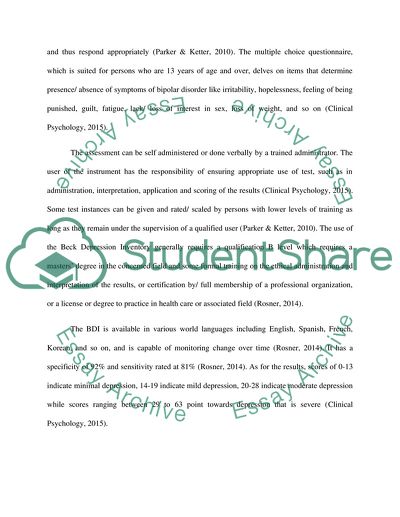Cite this document
(“Bipolar Disorder Assessment and Community Intervention Programs Assignment”, n.d.)
Bipolar Disorder Assessment and Community Intervention Programs Assignment. Retrieved from https://studentshare.org/nursing/1699321-see-attacment
Bipolar Disorder Assessment and Community Intervention Programs Assignment. Retrieved from https://studentshare.org/nursing/1699321-see-attacment
(Bipolar Disorder Assessment and Community Intervention Programs Assignment)
Bipolar Disorder Assessment and Community Intervention Programs Assignment. https://studentshare.org/nursing/1699321-see-attacment.
Bipolar Disorder Assessment and Community Intervention Programs Assignment. https://studentshare.org/nursing/1699321-see-attacment.
“Bipolar Disorder Assessment and Community Intervention Programs Assignment”, n.d. https://studentshare.org/nursing/1699321-see-attacment.


